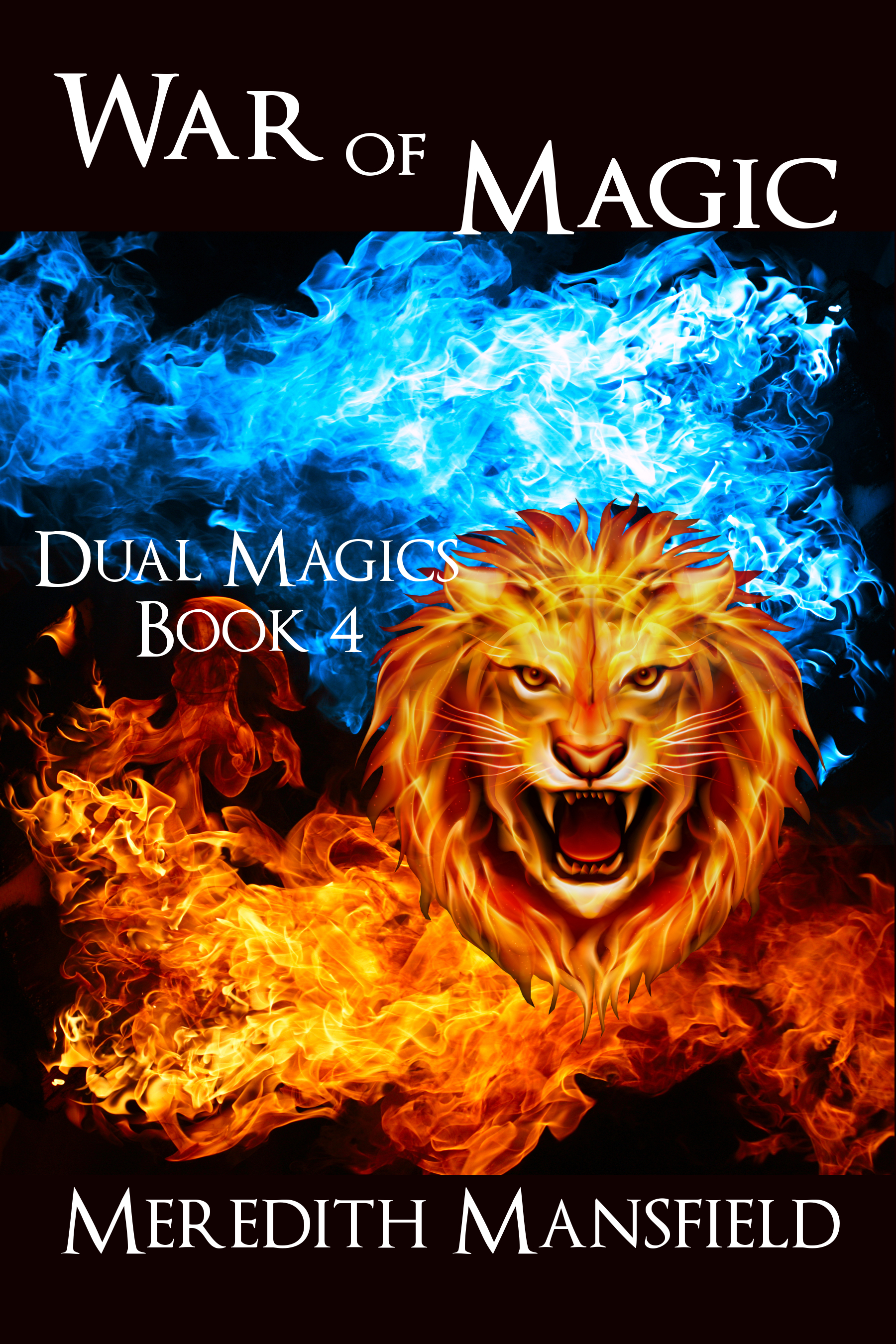Here’s where I’m going to go off and argue that some very masculine hero-type male characters are actually on Leader’s Journeys (and why I don’t want to use Heroine’s Journey as a name for this kind of story).
Let’s start with Aragorn. Breathe, I’ll wait. Okay, now that you’ve gotten over your near heart attack, let’s look at the points of his journey—including material from the Appendices.
Aragorn’s father was killed in an orc attack when Aragorn was only two. His mother worried that someone was trying to wipe out the remaining heirs of Isildur, so she took baby Aragorn to Rivendell to be raised as Elrond’s foster son. Elrond shared her fears and gave the baby a different name, Estel (meaning Hope), to protect him. Aragorn didn’t even know who he really was until he came of age. (Disguise and loss of identity.)
Shortly after he found out who he really was—and what he could become—Aragorn met Arwen, who had been away visiting her grandparents, Celeborn and Galadriel, in Lothlorien. And he fell in love with her. Arwen wasn’t immediately as impressed with a very young Aragorn.
Aragorn set about taking up his duties as Chief of the Dunedain of the North and became friends with Gandalf. He was known around Bree as Strider. He also travelled in disguise, using the name Thorongil (Eagle of the Star) to both Rohan and Gondor and even farther afield. (Disguises.) He became a very great warrior and leader. On his return, Aragorn stopped in Lothlorien, where Arwen was again visiting. With help from Galadriel, he made a much better impression this time and the two plighted their troth.
Elrond, however, was not pleased because it meant that Arwen would make the choice to be mortal, rather than go into to West when the last of the elves left. He said he would only give his blessing to the marriage if Aragorn became King of Gondor. (The only family Aragorn has left is his foster family and his foster father is trying to stop Aragorn from forming a new family. His existing support network offers no solutions.)
Time passed and Aragorn joined the Fellowship. When Gandalf fell in Moria, Aragorn took over as leader of the group and he would have gone with Frodo to the end. But Frodo (Hero/Warrior, remember?) chose to go off alone. And Aragorn, as a Leader, accepted that choice. As Boromir was dying, swore to save what was left of the civilization of the Numenoreans. “I will not let the White City fall, nor our people fail.” Boromir was the first man of Gondor to recognize Aragorn as his king.
But first, Aragorn set out to rescue Merry and Pippin. (A Leader is loyal to his team and doesn’t abandon them.)Aragorn started recruiting more team members almost immediately. Once Gandalf had broken Saruman’s hold over him, Theoden rejected the idea of helping Gondor, “Where was Gondor when the Westfold fell?” But after Aragorn (and his friends) helped to win the Battle of Helm’s Deep, his attitude changed. When Aragorn announced that the beacons were lit and Gondor called for aid, Theoden replied, “And Rohan will answer.” (The Leader recruits new team members, sometimes by helping them first.)Aragorn even recruited the dead to help him with the Corsairs.
At the battle of the Pelennor Fields, Aragorn flew the banner Arwen had made for him—the banner of a king of Gondor—from the lead Corsair ship, which raised talk of the return of the king in the city. Following the battle, Aragorn set up his tent outside the walls, refusing to enter the city—yet. But he did enter, cloaked and hooded (another disguise), when Gandalf asked for his help with some of the injured. Aragorn was able to help those, like Merry, Eowyn, and Faramir, who were suffering from “the Black Breath”, because, as the saying in Gondor went, “the hands of the king are the hands of a healer”. Talk of the return of the king accelerated.
The power dynamic shifted at this point. Gandalf deferred to Aragorn who was the true general and leader of the combined forces from that point on. Aragorn proposed and led the assault on the Black Gate to divert attention from Frodo. (The Leader will try to save all of his (or her) team, even the hero. They are the source of the Leader’s strength, after all.) On his return, Faramir greeted him at the gate and recognized him as king.
Finally, Aragorn’s reward is to marry Arwen. (Happy ending, reunited with family, including the new found family of his team.)
See how much easier it is to think of Aragorn as a Leader? No one denies that he was a great warrior, but his path, his journey, was not the Hero’s Journey.







